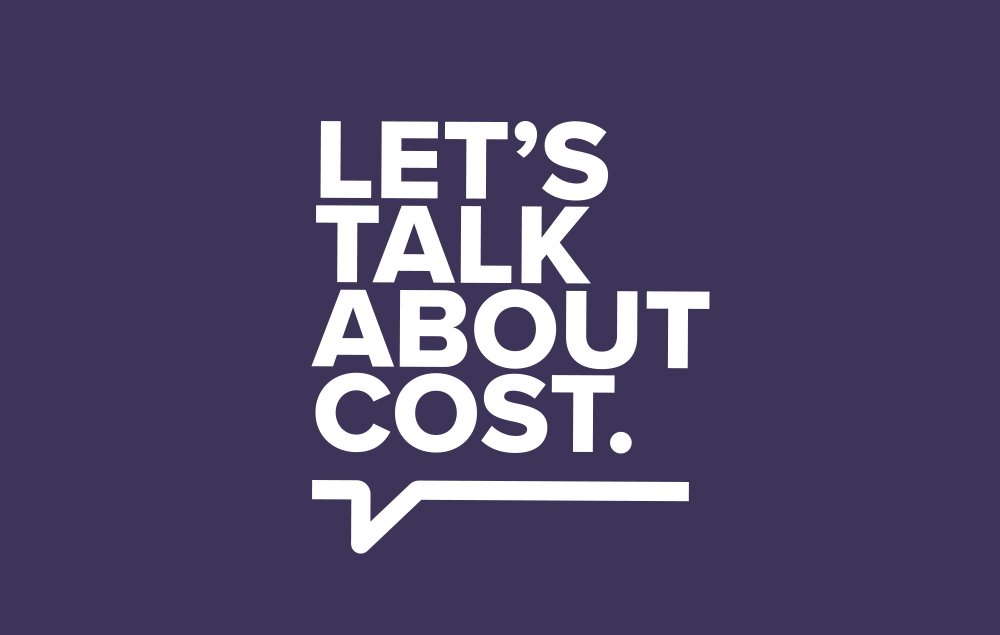Updated on 08/12/2019
Dramatic improvements in how we treat diabetes have transformed the lives of patients, but too many struggle to afford their insulin and other medicines at the pharmacy counter. Due to negotiations, prices for insulin after discounts and rebates have fallen in recent years. But too often, these negotiated discounts and rebates are not shared with patients, resulting in patients with diabetes paying higher out-of-pocket costs for their insulin than their insurer pays.
Here are six policy solutions that could directly lower diabetes patients' costs at the pharmacy counter:
- Finalize the proposed rule to reform the rebate system in Medicare Part D. This would replace the current system of rebates in Part D with a system where discounts are passed directly on to patients at the pharmacy counter. For a typical Part D patient with diabetes taking five medicines, including insulin, out-of-pocket spending could decrease nearly $900 a year.
- Delink supply chain payments from the list price of a medicine. Reforms should be put in place that prevent PBMs and other pharmaceutical supply chain entities from having their compensation calculated as a percent of the price of a medicine and instead based on a flat, fair-market fee.
- Ensure patients with state-regulated insurance also directly benefit from rebates. State legislation to require that health insurers share discounts and rebates with patients at the pharmacy counter would reduce out-of-pocket costs by as much as $834 for a diabetes patient taking four medicines, including insulin.
- Support first dollar coverage of insulin for high-deductible health plan patients. The Department of Treasury / Internal Revenue Service recently released guidance to allow high-deductible health plans to provide coverage of insulin and other chronic disease medicines without a deductible or with a deductible below the minimum deductible otherwise required in high-deductible health plans.
- Count third-party discount plans toward deductibles. Private health insurance rules should require health plans to count the cost of prescriptions purchased through third-party programs, like Blink Health and GoodRx, toward patient maximum out-of-pocket limits.
- Support flat copays for insulin for patients receiving cost-sharing subsidies in the health care exchanges. Regulatory changes can help ensure plans put at least one of each type of insulin on a copay-only tier that is not subject to a deductible.
To learn more, visit LetsTalkAboutCost.org.



